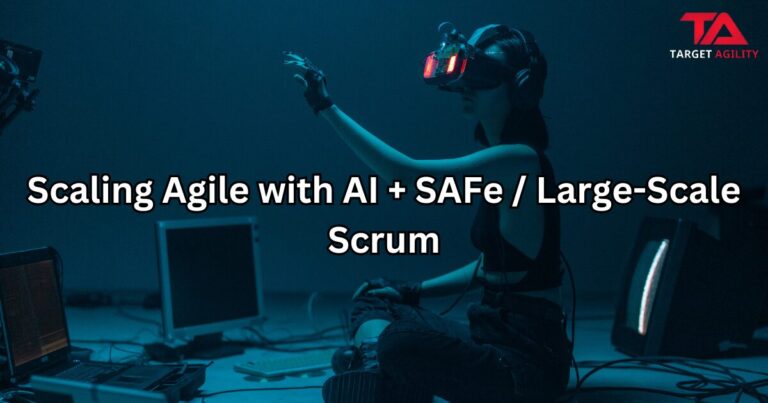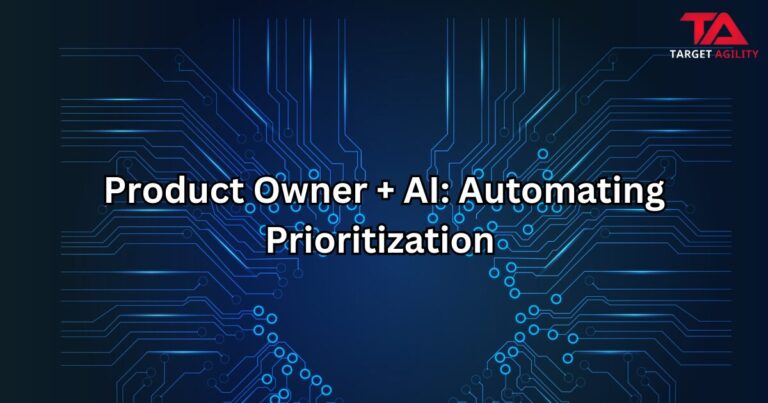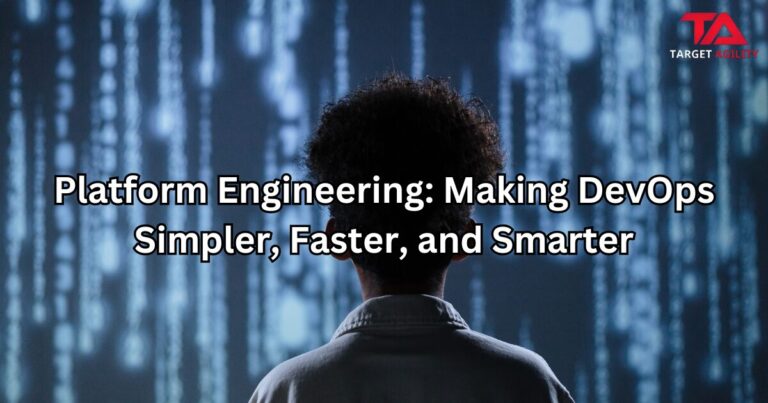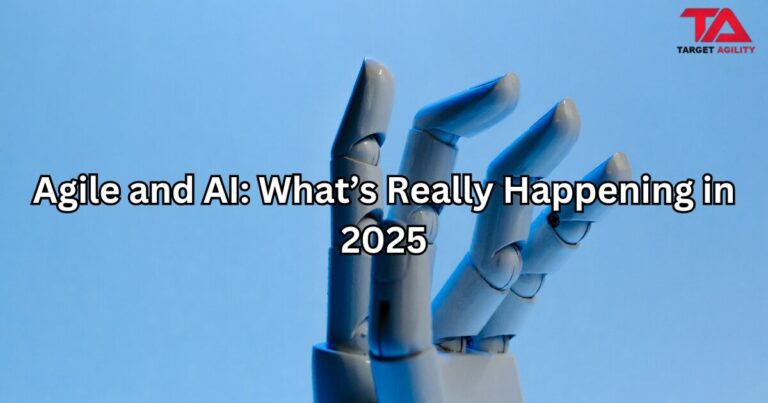Scrum – Empiricism

You must have observed a music director inside a recording studio with a big keyboard who is busy tunning different button. Haven’t you?
Long back, I used to wonder — Shouldn’t they have done all that tuning beforehand rather than doing it while a singer is recording his or her voice?
Out of curiosity, I asked my musician friend and what he said had a lasting impression on me — no matter how expert we are, no matter how much logic we apply, everything will be just a prediction of how it will all work out. But we can never be certain that everything will actually work out as planned. There is simply no way to pre-determine the relationship between the cause and effect, when there are so many variables are involved. So, instead of basing decisions on predictions and faulty assumptions, we undertake experimentational approach, listen to the audio, adjust tuning, observe the audio for any deviation from expectation, and repeat the cycle.
That is the very essence of Empericism — that there exists no “correct” way of working on a complex situation. And even if it does exist, it is not possible to know it in advance. Hence the entire process should be a series of controlled experiments and data-driven decisions aiming towards the overarching goal.
That takes us to the 3 Pillars of Empiricism:
- Transparency is about having access to knowledge and a shared understanding
- Inspection is about trying something out based on that knowledge, and
- Adaptation is about trying something else based on the results

👉 Without Transparency, the data may not reflect the true reality and what people inspect will be incorrect and what they adapt to will be wasteful.
👉 Without Inspection, the decisions to adapt may not be supported by hard evidence and real change becomes more difficult.
👉 Without Adaptation, it will get frustrating and no changes happen.
Two important considerations:
- The outcome of adaptation should also be subjected to inspection.
- The adaptation made empirically may become obsolete as new information emerges.
Two other points:
- The decision to run an experiment and change parameters of that experiment should be taken by people closest to the work and having the best understanding. And they should have autonomy and creativity to do so.
- And they should change only a small set of parameters at a given time and keep other parameters constant. This allows for a more meaningful result. Else, it will be challenging to conclude which change may have been beneficial and which may be counter-productive.
💡 I leave you now with a tip — When in doubt, it is better to assume complexity and subject that situation to an empirical approach. If the outcome is what you predicted, you will know it is a simple problem and an empirical approach doesn’t provide new insights or useful adaptations. But you empirically decided that the empirical approach is not useful in this case. This is way better than making an assumption about the situation only to discover later that it wasn’t what you assumed it to be.










